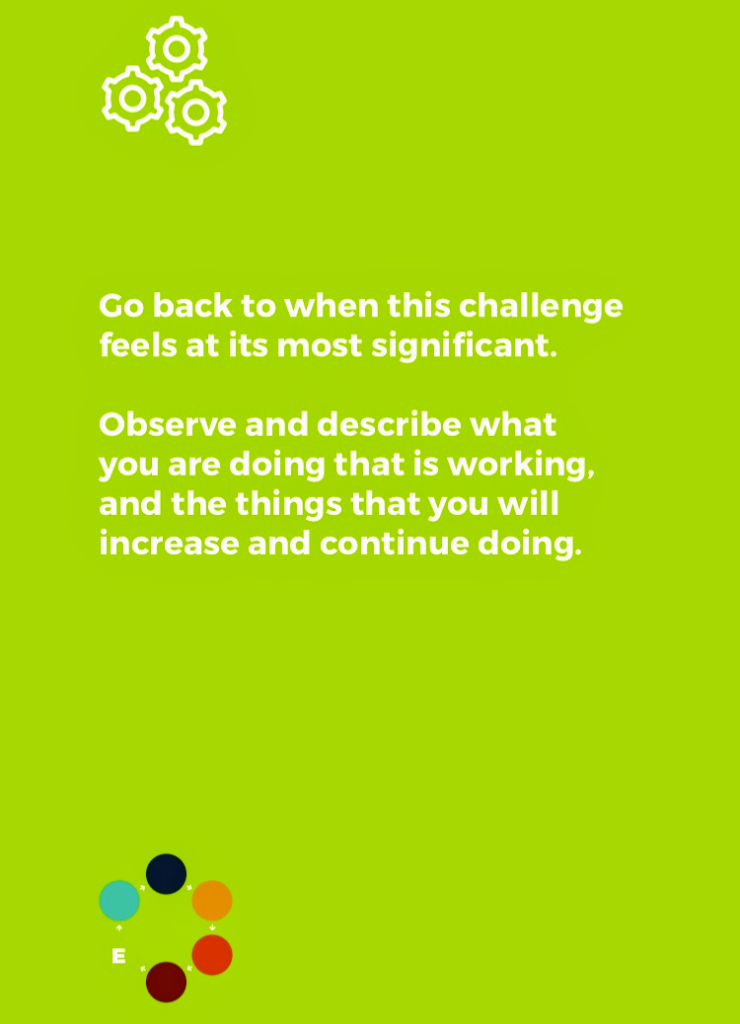Using counterintuitive approaches to move your team when stuck.
We all get stuck in a bad loop of repeating behavior, stuck in procrastination, stuck in a dysfunctional loop of team communication.
Have you ever found that the solution you offered seemed helpful and only worsened things?
Much of what you feel is common knowledge is pinned together aphorisms.
The ideas feel right because they appear apparent when the story is laid on a backward-facing path. It is easy to make complex challenges simple when we look back. For example, think about your career path and how you got to where you are now. In your mind, you see choices, mentors, managers, family, and buildings that all made you what you are right now …. however, what you are noticing is the past shading that is the present, and you cannot remove that shading. You are where you are, and you could have been in multiple other places …. things worked (much from your effort, much from hard work, some from unfortunate events), and they could have turned out many, many, many other ways.
5 Counterintuitive Approaches to move your stuck team
- Do more of what’s not working. Get the team together and ask them, “we are stuck – what are we doing that is not working?” Then ask them to do more of what is not working. Doing more of what is not working may create a difference that matters to where you and the team notice what is not working and what can work through the amplification of the dysfunction. When this recognition happens, it may break the pattern enough to change and make progress.
- Make team meetings voluntary. Tell the team members that they do not have to attend any meeting that they do not wish to attend. However, they are still accountable for their area of the team’s work and tasks. Voluntary meeting attendance often does two things: 1. It encourages you (team project manager or team leader) to make the meeting useful; 2. It gives the team members autonomy to choose whether the meeting is worth their time.
- Ask 1/2 of the team to choose someone to take their place. When people get burned out and bored, stuckness or inertia holds strong. Randomly select 1/2 of the team and ask them to choose a replacement. This will free up 1/2 of the team and bring in some new ideas. You may get pushback, and you may feel that no one else can do this team member’s work … that is generally not true; they can find someone else.
- You go fully apathetic. As the team leader or project manager, you stop caring about the team and work. Sometimes you are the problem. When you release your tension and go apathetic, the team may reexamine their goals and make progress. When you are trying to solve the problem harder than the other person(s), you are now making the problem larger.
- Begin at the other end of the work. You know when you are trying to figure something out, and the more you focus on that thing, the more frustrated and inward spiraling you become? When you break this focus and go to another part of the challenge, or the other end, your focus shifts, and you can make a difference somewhere else – and that may make the whole better. When I facilitate team building, we often talk about this. How the team appeared stuck and was fixated on a small piece of a puzzle, and when they went to the other end, everything moved faster.
The ideas above consider that teams work within complex-adaptive systems, and often, changes to the environment and flow will impact the whole in unknown and unknowable ways. You, as a team leader, must take some counterintuitive steps. Otherwise, you are just sticking to your stuckness, making things more challenging.


